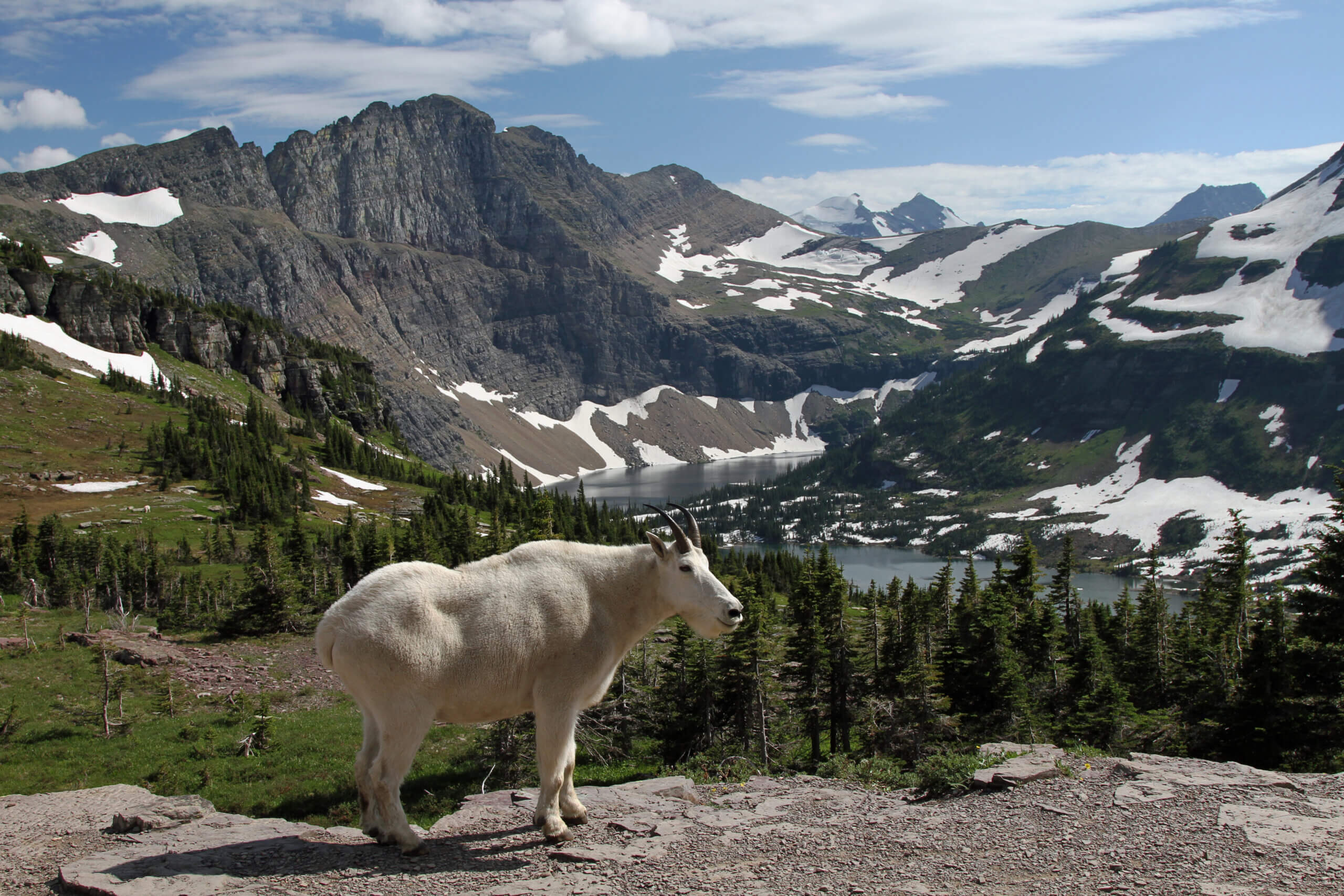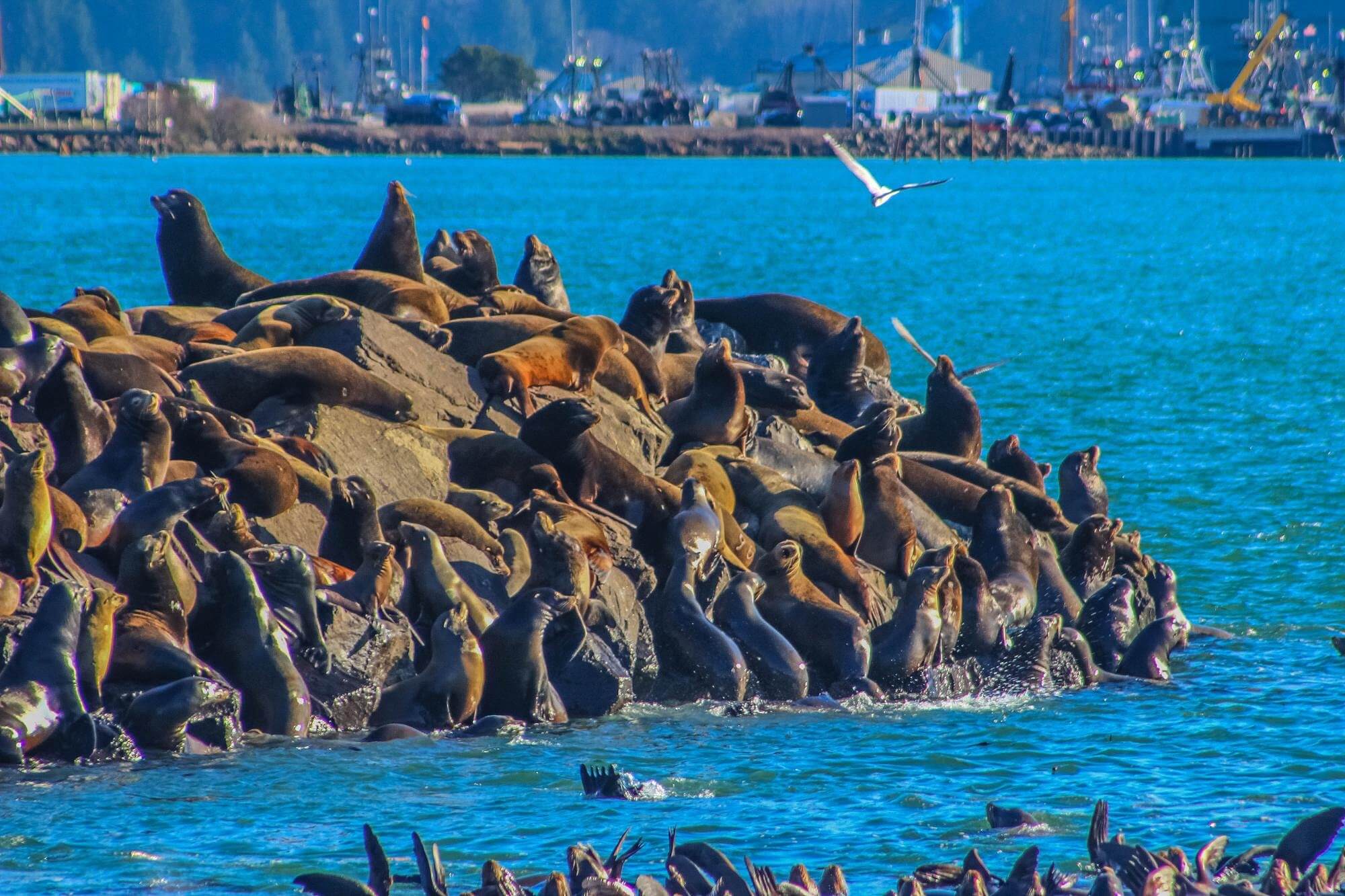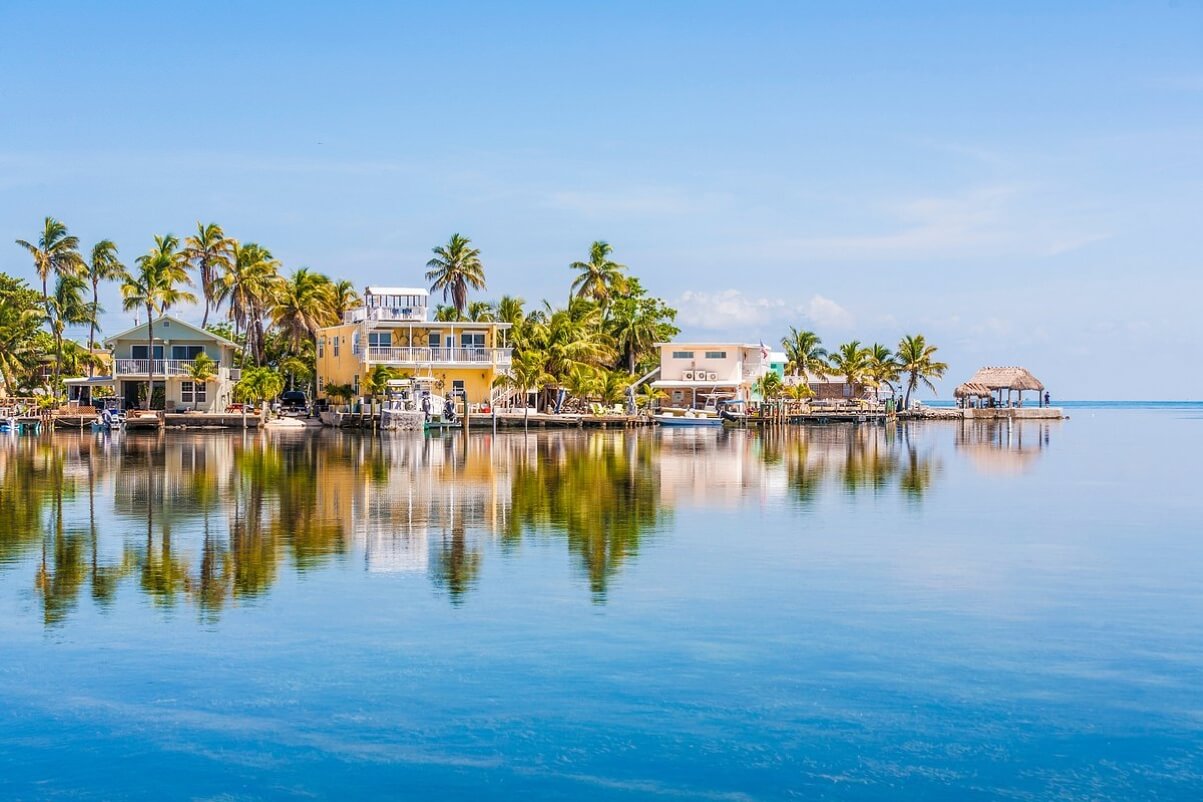The stunningly beautiful and totally unique Big Bend Hot Springs (also known as Boquillas Hot Springs or Langford Hot Springs), can be found on the US bank of the Rio Grande River inside the Big Bend National Park in Texas, right on the border of Mexico. What makes this 105°F hot spring extra special (aside from its famed healing powers!) is that it is housed in the remains of the foundation of a bathhouse built by Joseph Oscar Langford over 100 years ago.
| Address | Big Bend National Park, TX, 79834-0129 |
| Location | South of Marathon, in the Big Bend National Park, Texas, on the bank of the Rio Grande |
| Open | 24/7 |
| Clothing | Required |
| Road Access | Easy. All vehicles |
| Water Temperature | 105°F |
| Admission | $15-30 (National Park entrance fee, valid for 7 days) |
What To Expect
The 100% natural water has been used and loved for thousands of years, as evidenced by Native American petroglyphs found in the area (check them out on your walk down to the hot springs!). It is said to contain dissolved mineral salts that boast healing powers, and they come from an apparently finite source, so get down there asap!
J.O. Langford’s impressive bathhouse is long gone, dynamited in the 1950s – though other stone buildings still stand on the trail nearby, among them what was once the J.O. Langford Hot Springs resort store and post office.
NOTE: When waters are high, the hot springs can become submerged in mud and stone and the hot springs need to be dug out and “found again”. This is all part of a natural process. Check the conditions before you go. And when you go, wear water sandals – though somewhat smoothed by water and time, the foundation of the building this pool is held in is made of concrete, and your feet will need protection when walking around!
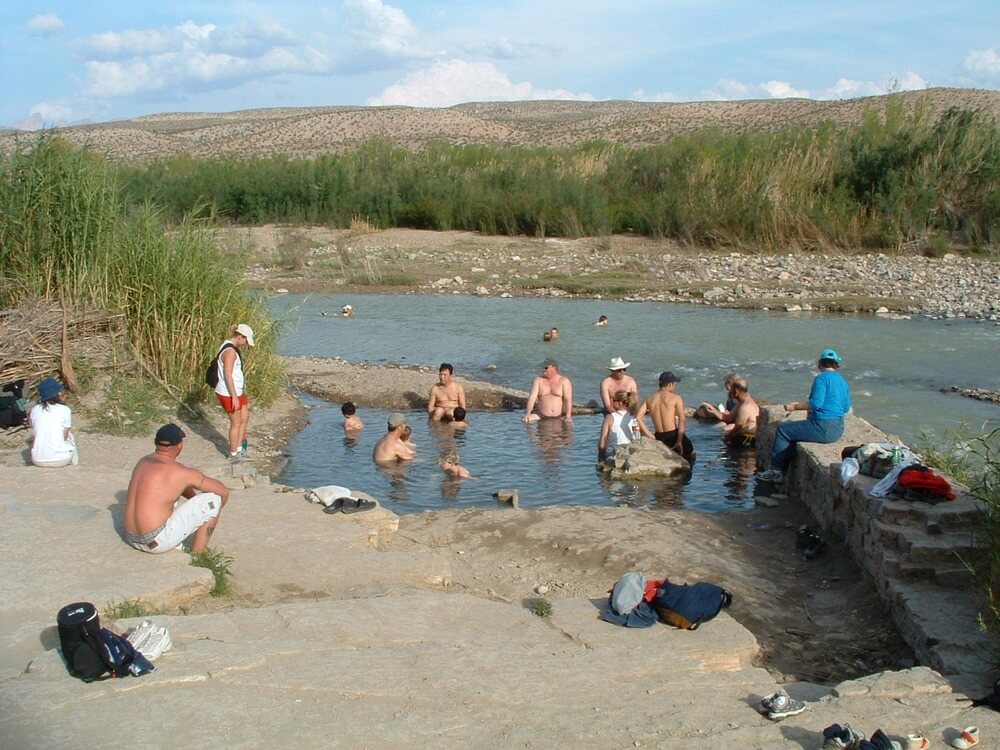
Step back in time to an early 20th-century resort; further back to the lands belonging to the Native Americans; step into the hot springs and surround yourself in nature, lulled by the flow of the Rio Grande, warmed by the golden bluffs behind, the panorama of Mexico ahead, and the calls of the local wildlife.
Big Bend National Park Entrance Fees
| Non-commercial vehicle (up to 15 passengers) | $30* |
| Motorcycle | $25* |
| Individual (on foot, bicycle, etc) | $15* |

Interesting History
Joseph Oscar (J.O.) Langford came from Mississippi. As a child, he caught malaria, and in 1909, in his search for a cure, he heard about the hot springs on the Rio Grande (at that time just a small stone tub in the rocks). He snapped up the land without even seeing it and moved there with his wife and young daughter. After 21 days of drinking from and bathing in the spring waters, Langford claimed his health had been restored!
The Langfords built an adobe house for themselves, a stone bathhouse, and brushwood bathing shelters. When bandits moved into the area, the Langfords moved away, until 1927, when they rebuilt the bathhouse and added a store and a motor court to house visitors to the new Langford Hot Springs resort.

On May 27, 1942, the Langfords sold the property, for park purposes only, to the state of Texas for just $10. Everything became part of Big Bend National Park in 1944.
Can I Stay There?
Yes, just not near the Big Bend Hot Springs itself. Scroll down to check out your options. NOTE: Camping is by RESERVATION ONLY. Click here to reserve your spot in the Rio Grande surrounds!
The National Park Service operates three developed campgrounds: Rio Grande Village Campground, Chisos Basin Campground, and Cottonwood Campground. The cost is $16/night/site ($8 per night with a Senior or Access Pass). The Rio Grande Village Campground is open year-round but offers only 24 campsites from May 1 – October 31 due to the extreme heat (up to 115°F!). Reservations are required. The site is paved and campsites are separated by grass. On-site amenities include flush toilets, running water, picnic tables, grills, and a number of covered areas. There is a camp store with showers, and a park visitor center nearby.
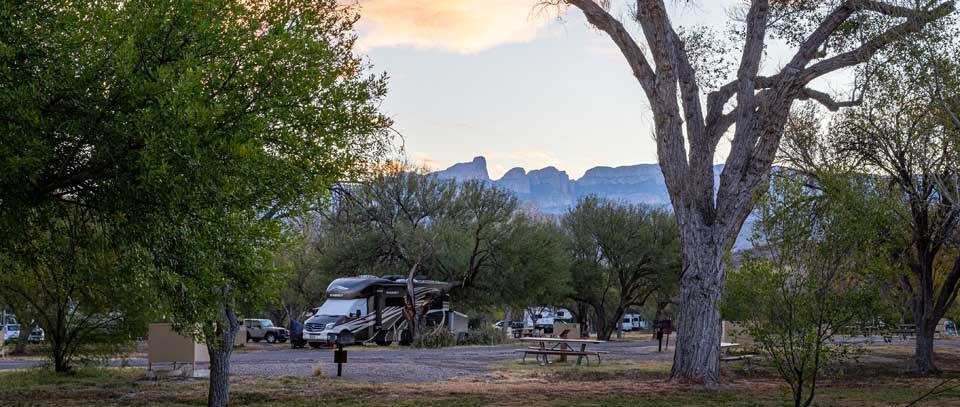
The Chisos Basin Campground, also open year-round, is nestled in open woodland boasting views of Casa Grande and Emory Peak. Even if you’re not staying, it’s worth going to check out the sunset through the nearby park favorite, the “Window”. NOTE: The access road is narrow – trailers over 20 feet and RVs over 24 feet are not recommended to head here.
The 22-site Cottonwood Campground is a quiet campground (no generators allowed), which is a little more remote than the others, offering dry camping with no hookups. It’s open from November through April.
Backcountry Camping is also possible throughout the Big Bend National Park. Pick up a $10/night backcountry use permit ($5 with a Senior or Access Pass) either online or in person at the Panther Junction or Chisos Basin visitor centers.
NOTE: Alcohol consumption is not permitted in the Big Bend National Park, nor is the use of glass containers. If camping isn’t your thing, you can also choose from a selection of luxury cabins, lodges, and even a golf resort in nearby Terlingua. Check out the options here.
How To Get There

From Marathon, Texas, the Big Bend Hot Springs is about a 1.5-hour drive away (85 miles).
From Marathon, take the US-385 S and Main Park Rd to Hot Springs Rd in Big Bend National Park. The Hot Springs Road is a narrow gravel track, suitable for most cars, which leads to the trailhead. Park your vehicle, then walk the easy 0.5 miles to the hot springs on the riverbank.
If you’re of a mind to enjoy the views before/after your hot springs soak, there’s a 1.9-km loop trail that continues from the hot spring to the bluff above the Rio Grande, and back to the trailhead. It takes around 30 minutes to complete.
What Else Can I Do In The Area?
People tend to go to Big Bend National Park to be in Big Bend National Park. It’s a hot, dry, rocky desert/woodland area near the Rio Grande River offering over 100 paved roads, easy-access dirt roads, and hiking trails to explore, trails which lead you through canyons and creek beds, and past old settlements and cemeteries. If you have the time, join a park ranger on an informative and free guided program.
If you’re a nature lover, then you’ve come to the right place: The park boasts more species of birds, bats, butterflies, ants, scorpions, and cacti than any other national park in the United States! NOTE: The best time to check out the Big Bend wildlife is dawn and dusk when cooler temperatures bring the park’s animals out from their dens. See if you can spot a mountain lion, black bear, deer, collared peccary, or coyote. Just remember to protect the balance: Stay quiet, stay back, and don’t feed the wildlife!
“This is a place in Far West Texas where night skies are dark as coal and rivers carve temple-like canyons in ancient limestone. Here, at the end of the road, hundreds of bird species take refuge in a solitary mountain range surrounded by weather-beaten desert. Tenacious cacti bloom in the sublime southwestern sun, and the diversity of species is the best in the country. This magical place is Big Bend…”
Check out Big Bend National Park’s official page for the latest tips and guidelines to make the most of your visit there. And to get a visual of the Big Bend National Park, check out this video from Magellan and Greyhound for 10 Things to Do there.
The Takeaway
The beautiful Big Bend Hot Springs, protected in the foundations of a century-old bath house, can be found on the bank of the Rio Grande on the border with Mexico. It is said to boast healing powers thanks to its unique mineral blend. Connect with both nature and history as you soak up this little piece of Texas magic.
The Dos And Don’ts Of Visiting A Hot Springs
Every hot springs has its own quirks. Visitors to Big Bend Hot Springs, for example, should check beforehand if there has been flooding damage and should be cautious when diving into the Rio Grande next to the pool and when walking around the concrete foundations. For more general and very important “hot springs etiquette,” we highly recommend you take a moment to check out our carefully compiled easy-to-read list of “dos and don’ts” here. And always, always respect our nature – pack out what you pack in and LEAVE NO TRACE.
Frequently Asked Questions
You can find the Big Bend Hot Springs on the banks of the Rio Grande River in the Big Bend National Park, Texas. Click here for directions.
The actual hot springs pool is only big and deep enough to sit in. You can swim in the Rio Grande River next to the hot springs. Take precautions when river swimming!
Yes, open 24/7, year-round (unless affected or submerged by flooding), you just need to pay the Big Bend National Park entrance fee, which is valid for 7 days.
Yes, it is open 24/7, year-round (unless affected or submerged by flooding). Check here before you go.
Yes. The hot springs are on the bank of the Rio Grande close to the border with Mexico.
The Big Bend Hot Springs holds a steady 105°F year-round.
Disclaimer
While we at Traxplorio do our very best to give you the latest information about these hot springs sites, life happens, weather happens, and property owners happen. We always recommend you go to the official hot springs’ web page and/or the relevant state authority page to check conditions, times, and prices (where relevant) before you head out. Thanks for understanding, and enjoy your soak!


